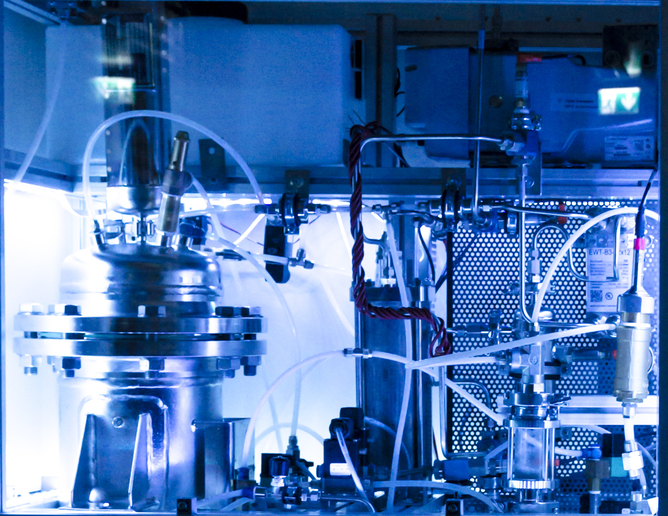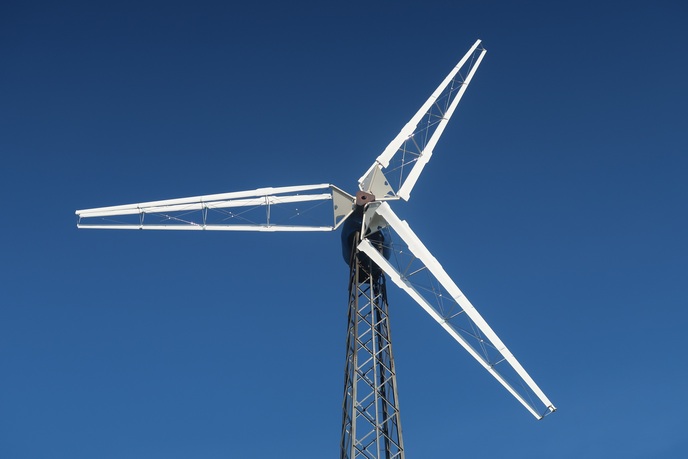How flying kites can generate electricity
Harnessing the power of the wind to produce electricity is not a new concept. However, the power obtained from modern windmills at low altitudes is typically only about 25 % of capacity as low winds are slow and intermittent. Building taller towers presents major technical problems and other proposed solutions have been economically prohibitive. To address the issue, the EU-funded HAWE(opens in new window) (High altitude wind energy) project set out to develop a novel solution consisting of a tethered air ship. Project partners developed a system based on a hybrid airborne platform which includes three interrelated components: an airborne module (ABM); tether cable; and a ground station. They designed and successfully tested the ABM which converts high-altitude winds to force and speed via the tether cable. The mechanical power of the ABM is then used to produce electricity through a pumping cycle at the ground station. The system is able to extract wind power by harnessing available power at much higher altitudes than what traditional wind turbines are able to or could potentially reach within the next decade. To demonstrate its feasibility in operating round the clock at constantly changing elevations, a prototype was tested at altitudes up to 600 metres. HAWE's system offers a unique advantage over conventional wind turbines in that it continuously supplies electricity by operating at different altitudes in order to harness wind energy. It can also operate in more settings and is easily deployed offshore.







